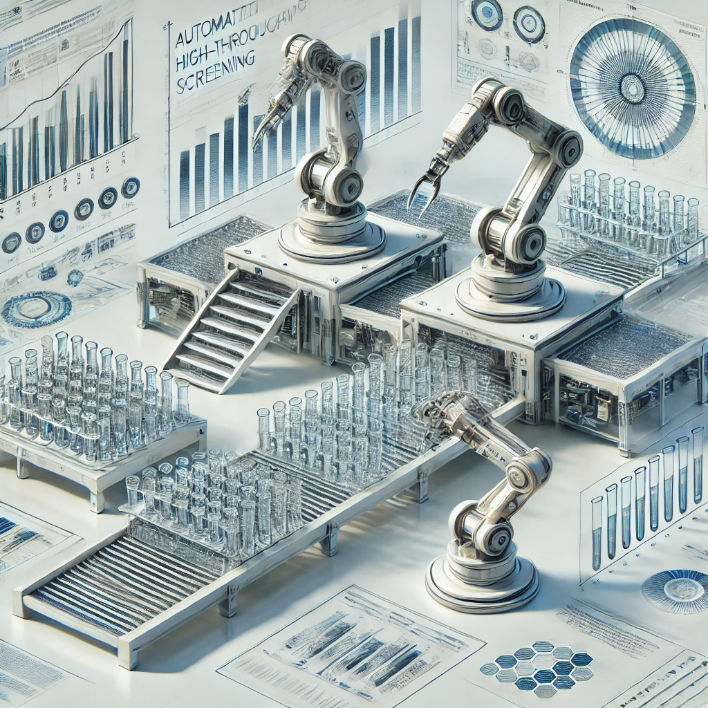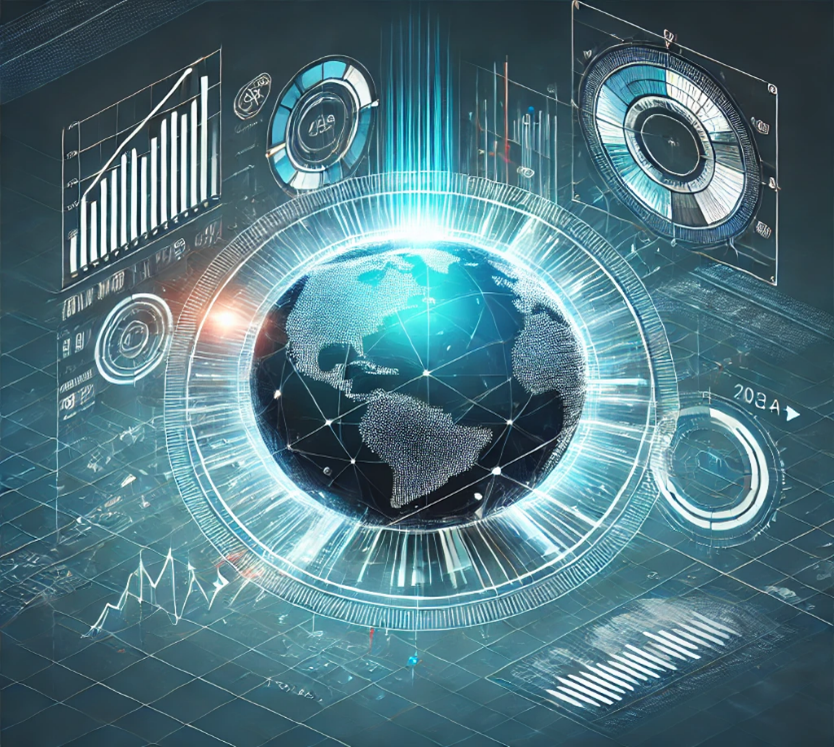How can AI identify new drug compounds faster than traditional methods?

How can AI identify new drug compounds faster than traditional methods?
by Maximilian 02:18pm Jan 31, 2025

AI can significantly speed up the process of identifying new drug compounds by using advanced computational techniques and data-driven approaches that traditional methods can't match. Here’s how AI accelerates drug discovery compared to conventional methods:
1. Data-Driven Predictions
AI can process vast amounts of biological, chemical, and clinical data to identify potential drug compounds. Traditional drug discovery involves testing many compounds in a lab, which can be time-consuming and expensive. AI can analyze data from previous experiments, genetic information, and chemical databases to predict which compounds are most likely to interact with a specific target (such as a protein involved in disease).

2. Machine Learning Models
AI algorithms, particularly machine learning (ML), can be trained to recognize patterns in chemical structures and biological activity. By learning from existing datasets of known drugs and their effects, AI models can predict the activity of new compounds before they are even synthesized. These predictions are based on structural similarities, biological relevance, and molecular interactions, which would take researchers much longer to identify manually.
3. Molecular Simulation and Optimization
AI can simulate the interactions between drug compounds and biological targets (e.g., proteins, enzymes, receptors) through computational methods such as molecular docking. This allows researchers to virtually test millions of compounds in a short time, optimizing them for effectiveness and minimizing toxicity before they are physically tested in the lab. This reduces the number of compounds that need to be synthesized and tested in wet labs.
4. Predicting Drug Toxicity and Side Effects
AI can also predict potential toxicity and side effects by analyzing existing toxicology data and using algorithms to identify compounds that might be harmful. This is much faster than traditional trial-and-error methods and helps avoid costly late-stage failures in drug development.
5. Automation of High-Throughput Screening
AI can be integrated with high-throughput screening (HTS) technologies to automate the testing of large numbers of drug candidates in parallel. By using robotics and AI algorithms, researchers can screen and evaluate thousands of compounds much faster than traditional manual testing, allowing for rapid identification of promising drug candidates.

6. Target Identification and Validation
AI can analyze complex biological data (such as genomic, proteomic, or metabolomic data) to identify new drug targets that may not be immediately obvious. This accelerates the early stages of drug discovery, as researchers can focus on the most promising biological targets without needing to rely solely on trial-and-error approaches.
7. AI-Driven Synthesis Design
AI can assist in the design of novel drug molecules by suggesting chemical modifications to existing compounds to improve their efficacy, stability, or bioavailability. These AI-generated synthesis routes are often faster and more efficient than traditional trial-and-error chemistry.
Key Advantages Over Traditional Methods:
Speed: AI can analyze millions of compounds and predict their effects in a fraction of the time it would take to conduct wet lab experiments.
Cost-Effectiveness: AI reduces the need for extensive laboratory testing, cutting costs in the early stages of drug discovery.
Precision: AI models can identify the most promising drug candidates with higher accuracy, reducing the risk of late-stage failures.
Scalability: AI can handle vast amounts of data and test thousands of compounds simultaneously, which would be impossible for humans to do manually.
Overall, AI enables researchers to identify and optimize drug compounds much faster and more efficiently than traditional methods, bringing new treatments to market more quickly and potentially saving lives.






